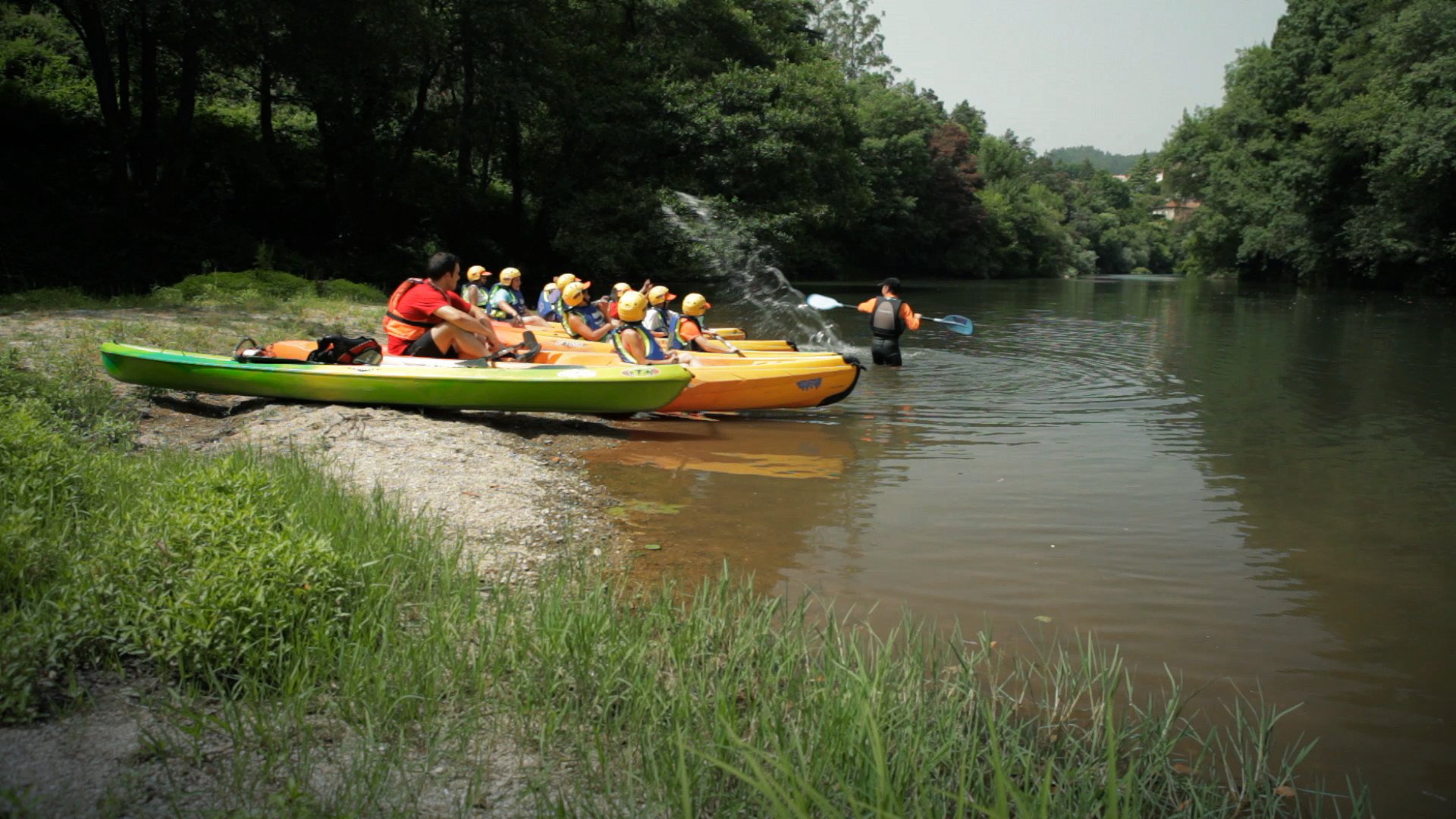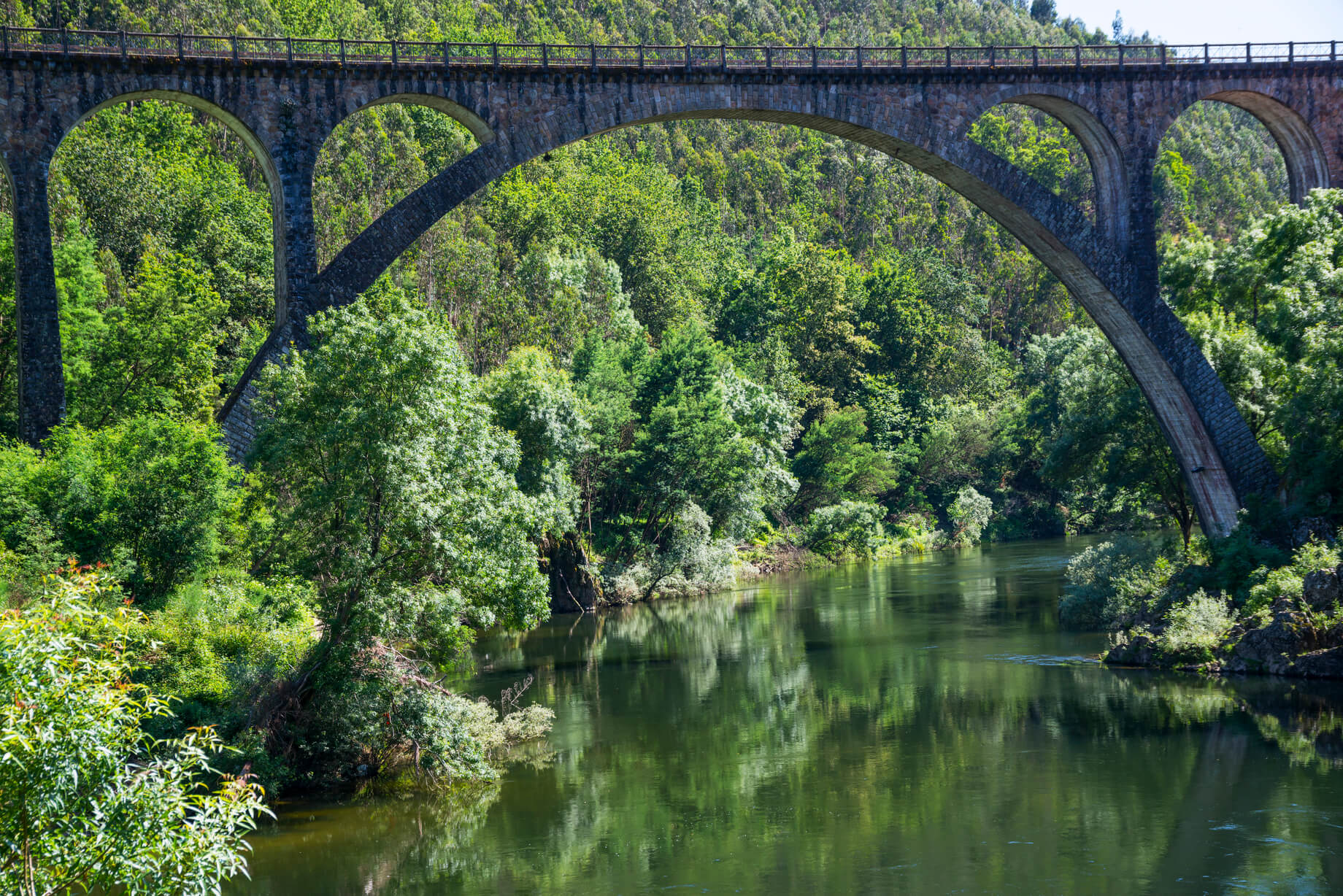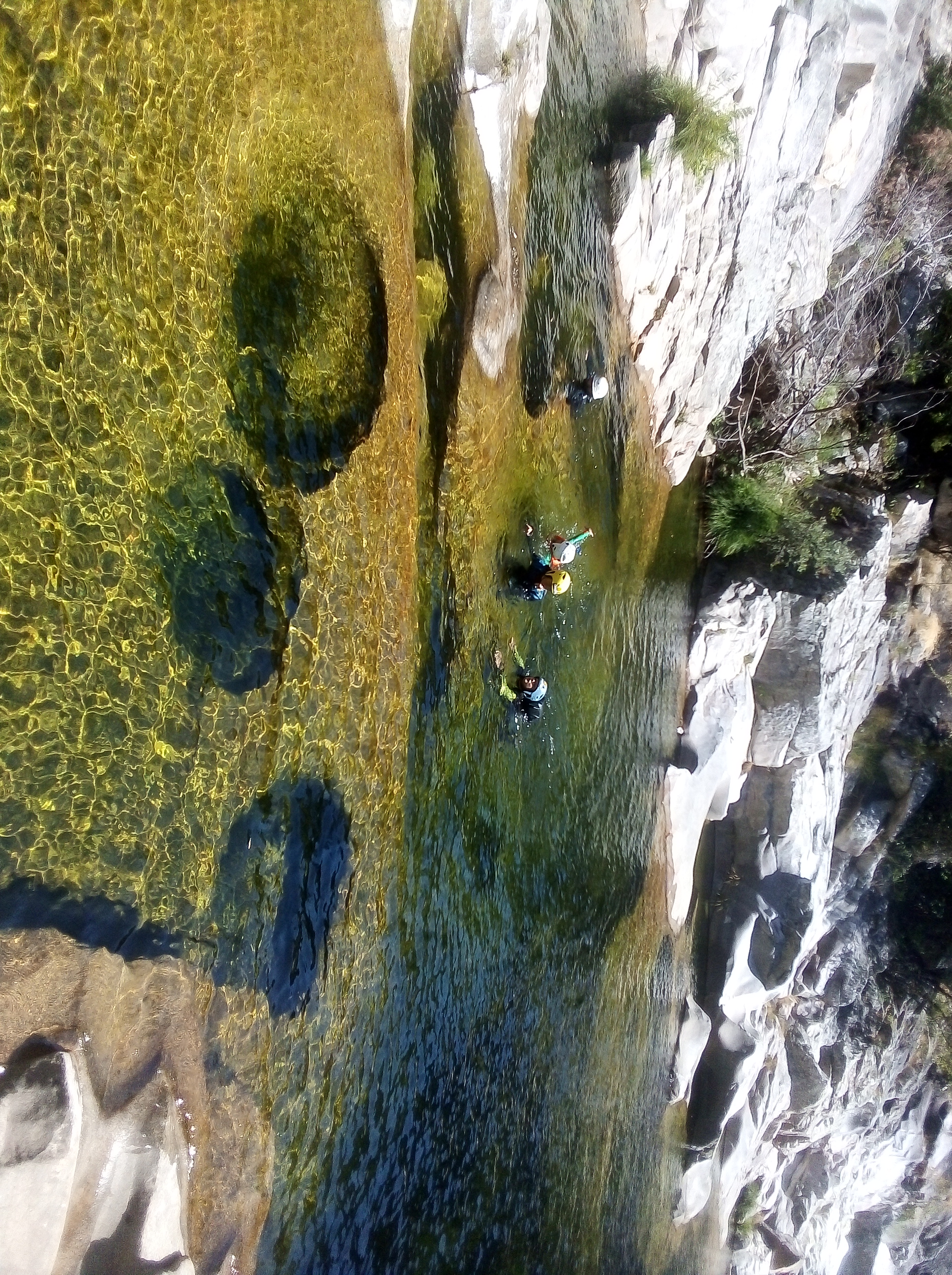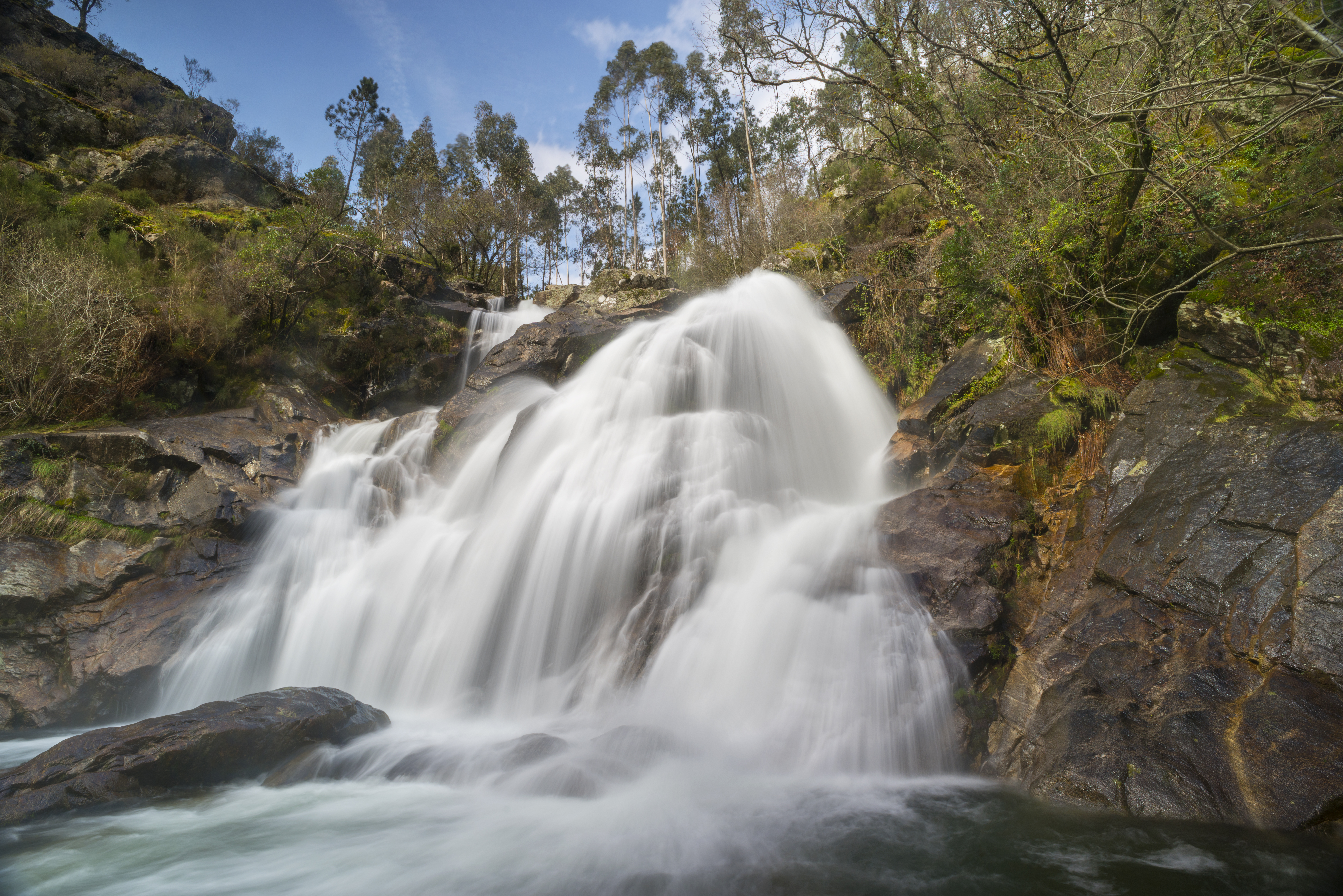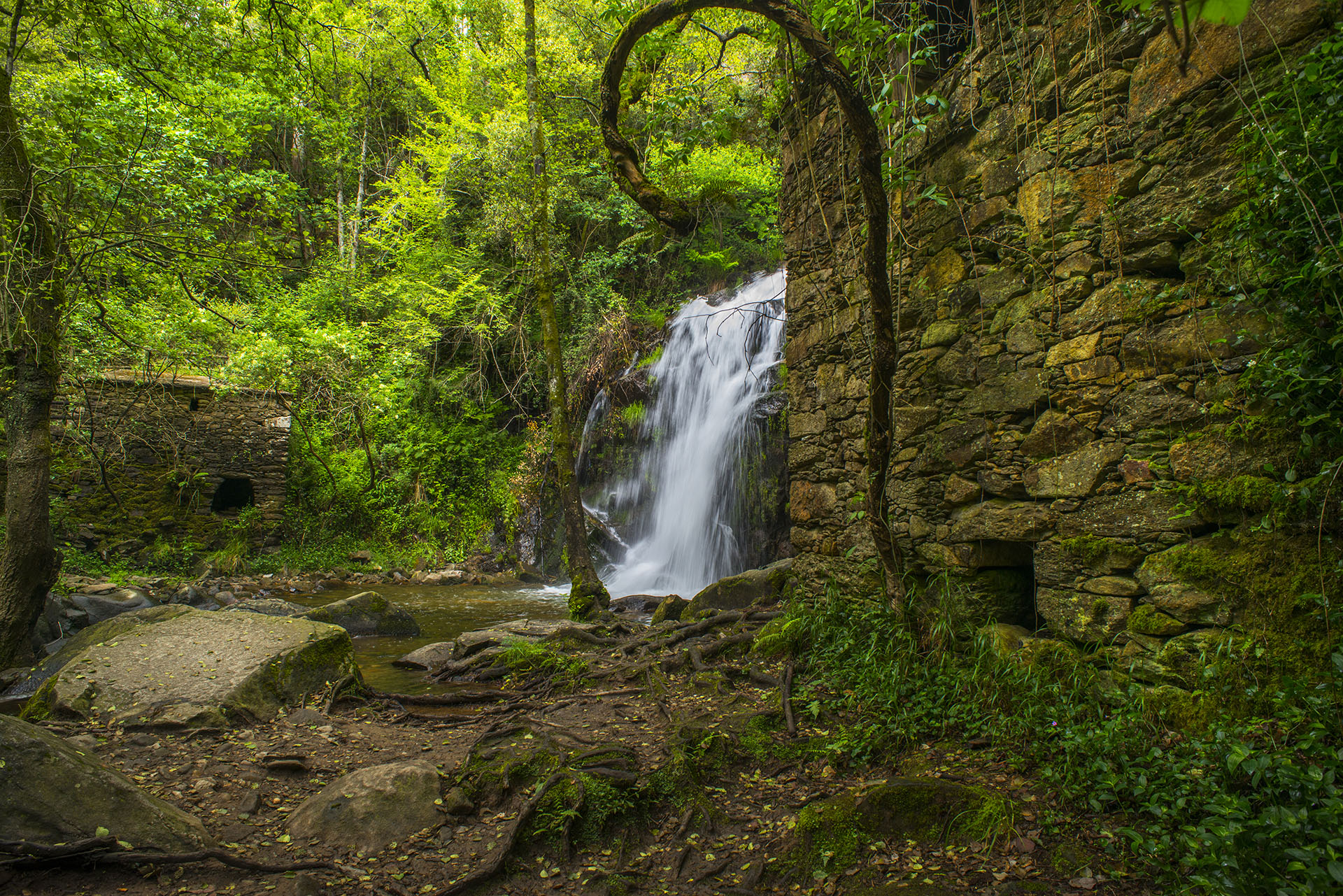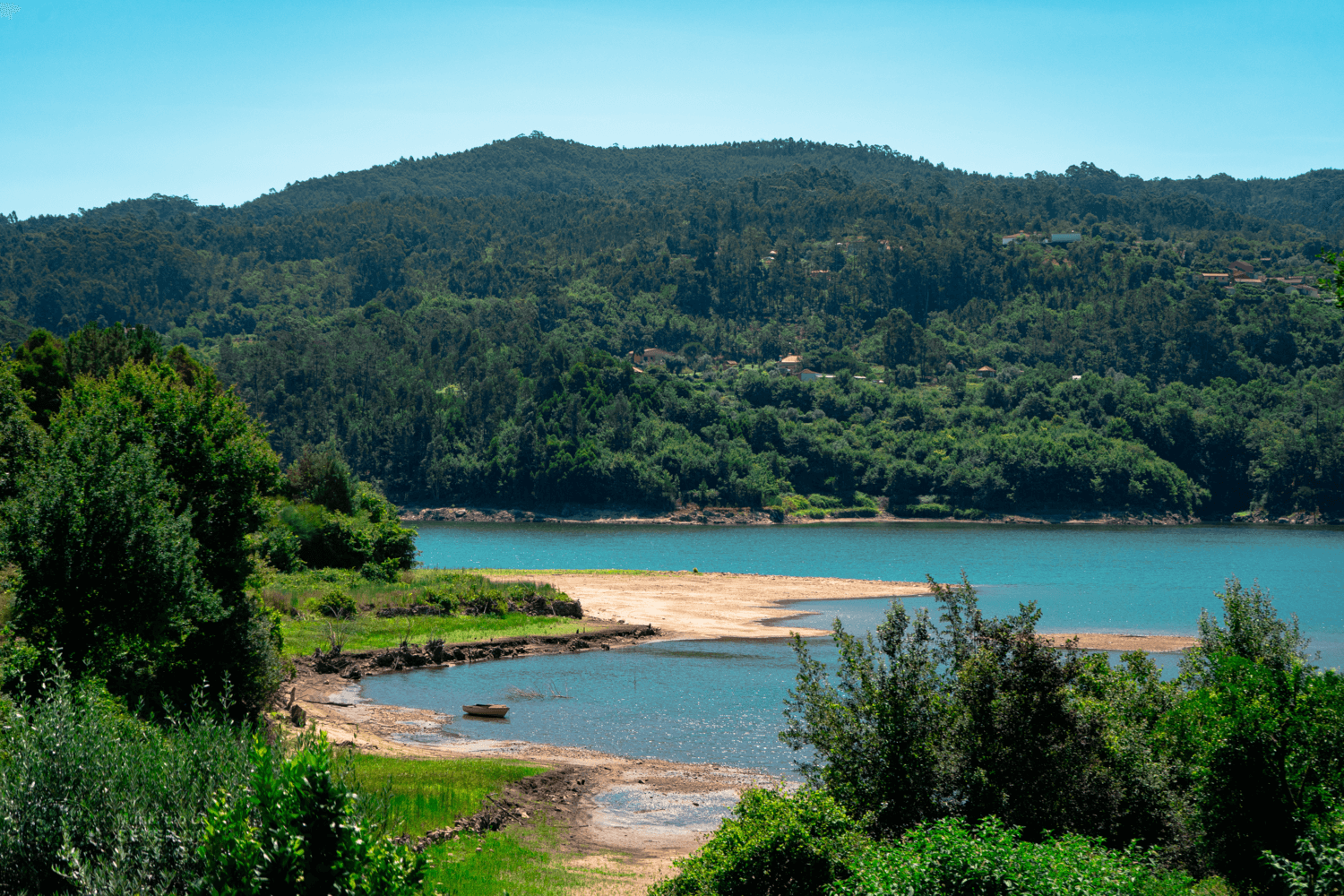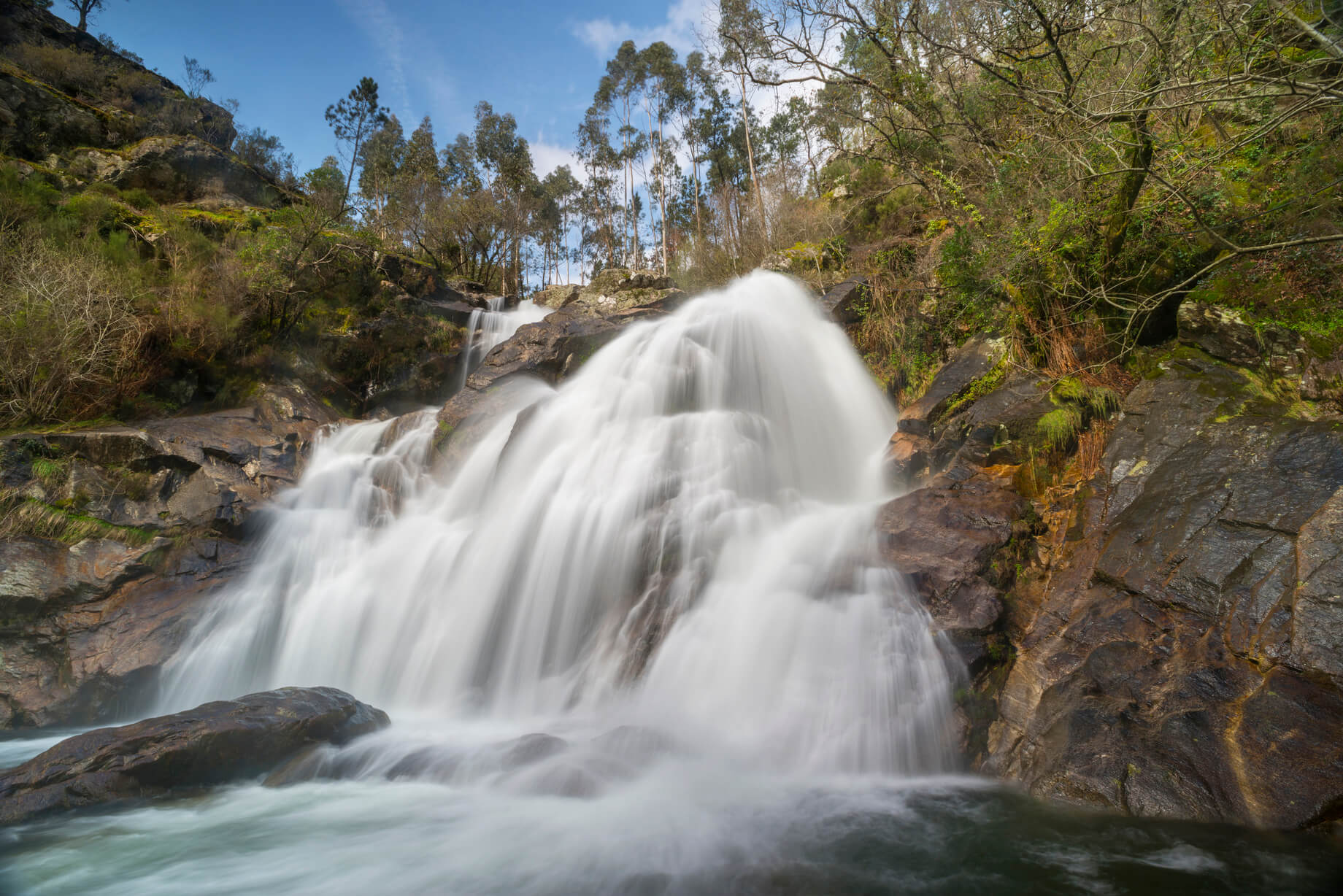Rivers have been an important part of human history. They are the source of one of the natural resources indispensable to living beings: water.
They are also of great cultural, social and economic importance.
The municipality of Sever do Vouga is home to many watercourses, some larger and others smaller; examples include the River Vouga, River Gresso, River Lordelo, River Bom/Mau, River Alfusqueiro, River Fílveda, River Agualva, River Teixeira, streams, waterfalls, levadas, dams and the Couto de Esteves/Ribeiradio reservoir.
The Vouga River rises in the Serra da Lapa, in the municipality of Sernancelhe, and flows into Aveiro, attracting immense biodiversity with its water and well-preserved riparian galleries.
Downstream of Ponte de Pessegueiro, the Vouga River is a Site of Community Importance (SCI) because it is a very important place for the conservation of migratory fish species such as shad, savelha, eel and sea lamprey, as well as the endemic river lamprey. It has been a source of life and wealth for man since time immemorial, as recent archaeological finds near the mouth of the River Teixeira attest, proving that man already lived on the banks of the Vouga 150,000 years ago.
From the well of S. Tiago to the mouth, it is a free-flowing river, with a very strong natural dynamic that gives rise to rapids, temporary islands, backwaters, beaches and wells. One of these paradigmatic examples is the well of S. Tiago, which is located under the Poço de S. Tiago Bridge, a former railway bridge built in 1913 and which is referred to as the ex-libris of Sever do Vouga.
In Sever do Vouga, the river was navigable all the way to Aveiro, with the Poço de S. Tiago being the river harbour for dozens of merchants. For decades, trade between Pessegueiro and Aveiro was daily, losing its importance to the steam train and later to the EN16 motorway.
The municipality's waterways are a major tourist attraction and invite you to take part in a wide variety of adventure sports.



